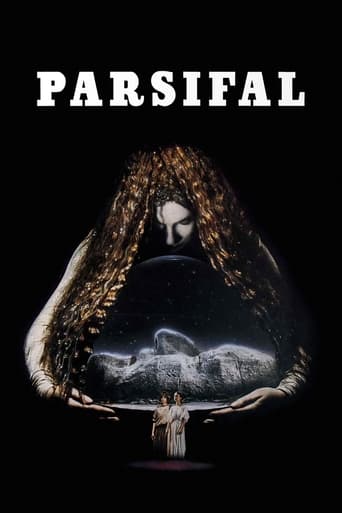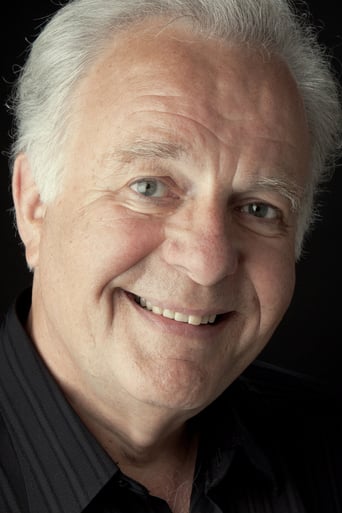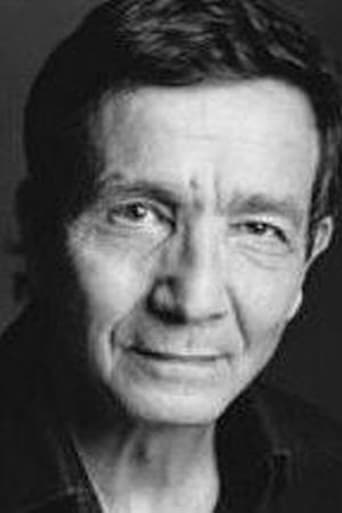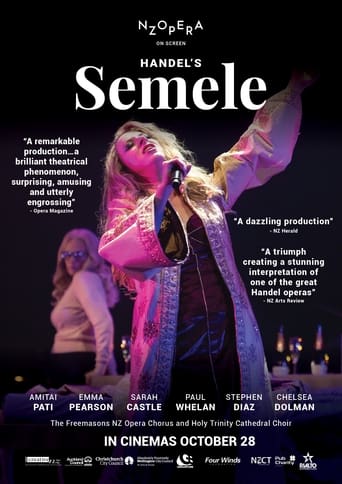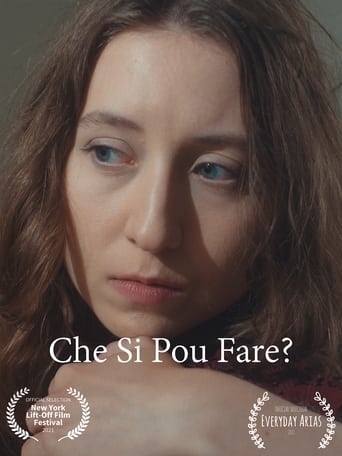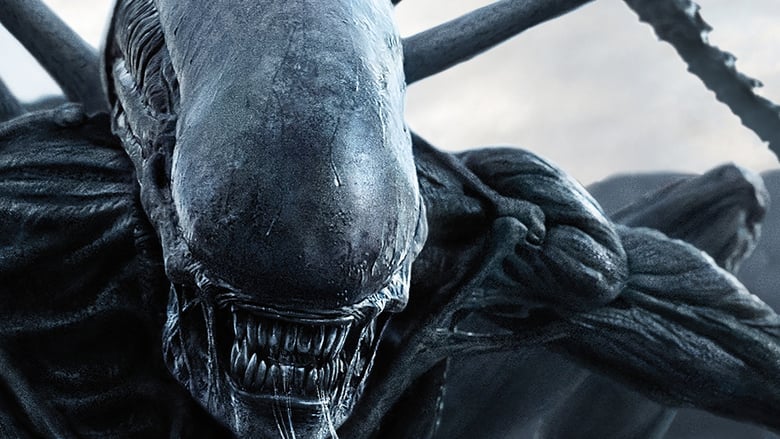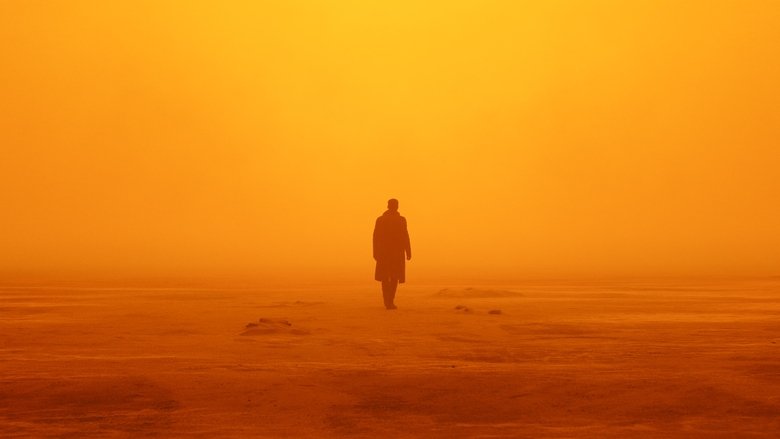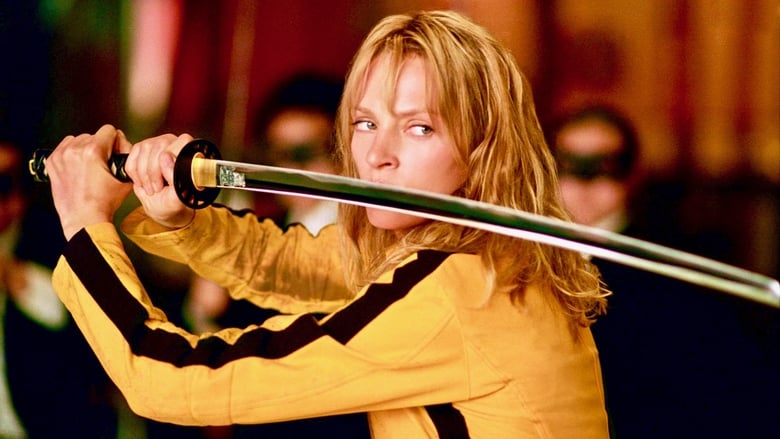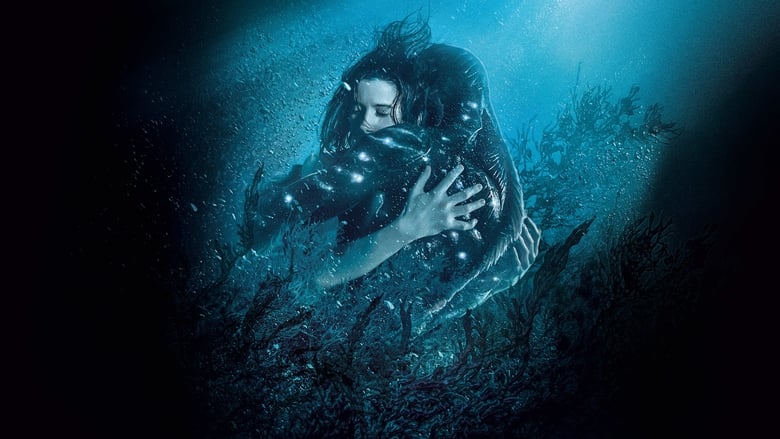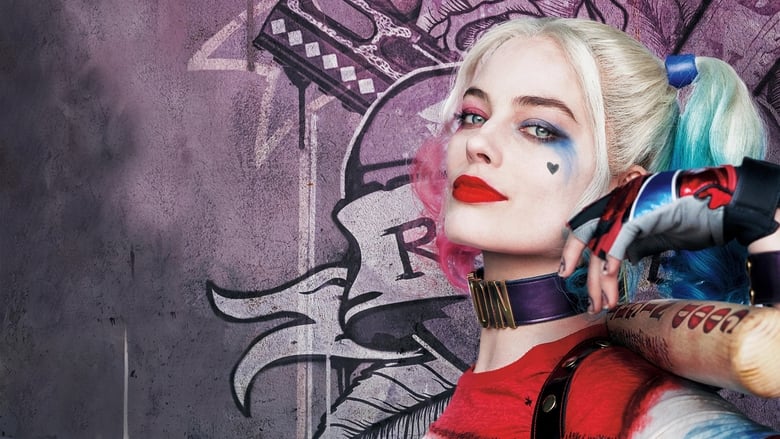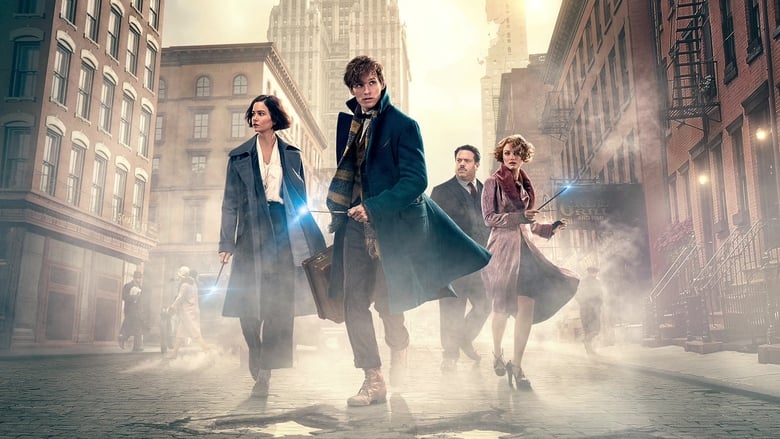A psychological interpretation of the opera mixing in references to the history of Germany, Wagner’s life, German literature and philosophy. The action is centered on Wagner’s death mask. Kundry is the main character – one might read the film as the story of her redemption rather than that of Amfortas.


Similar titles

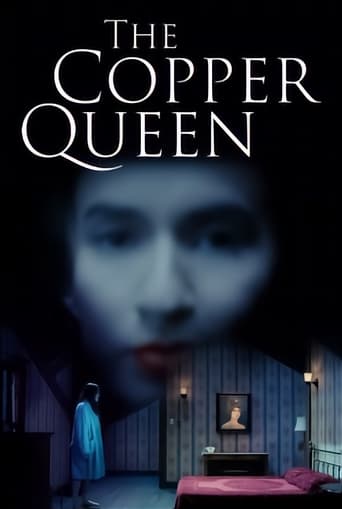
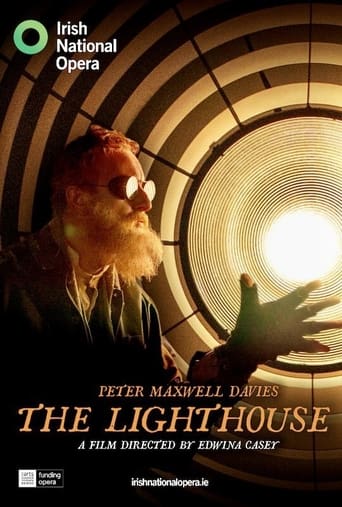
Reviews
I love Wagner a great deal, but boy don't his operas take a lot of stamina to perform and I would be lying if I said they were easy to direct too. Parsifal is difficult to pull off effectively, and while it is flawed this production does commendably.Where this Parsifal falls down is in the pacing. It is a lengthy opera, but in some ways the pace is very glacial here making the first act especially exhausting to watch on first viewing. Then there is some of the symbolism. I want to credit Syberberg for his work here, he is a clearly ambitious director and a lot of scenes are very well staged. This Parsifal is very visually striking too with wonderful costumes, sets and lighting particularly in Act 2 and there is some clever video directing, but as intriguing and as striking as the symbolism is, considering Parsifal is quite a symbolic work there were times when it got too much.The cast are mostly very good. I wasn't however taken with Michael Kutter's Parsifal 1, he seems uncomfortable here. Faring much better though is Karin Krick as Parsifal 2, who is extraordinarily good. Of the cast for me the standouts are Robert Lloyd's superb Gurnemanz and Aughe Haugland's truly excellent Klingsor. Also Edith Clever is a very effective Kundry.On a musical front I have nothing to fault this production. Then again, this is Wagner, all the haunting yet very beautiful motifs and lush orchestration are there. The orchestra perform this score wonderfully, and the conducting is adept without plodding too much.Overall, a flawed production, but a good and interesting one. 7/10 Bethany Cox
Back when I saw this film when it came out first run at the local art theater, it blew me away. When I tried to get into it again after locating a DVD copy, I couldn't sit through it. Most of the trappings of Syberburg's much-vaunted style have the feel of artsy gimmicks of his hot period, the late 70s and early 80s. The puppets, which are part of this scene, don't bother me half as much as the projection of images over everything on stage, and the shifting video slide show backgrounds. This technique seems to have been a solution that Syberburg believed in deeply-- and to feel he was leading the avant pack in using. But a solution to what, I'm not sure. To break up basically static tableau setups, yes. To speak to the wide-wandering emotional interior state of the films participants, certainly. But why make the film auditorium-bound in the first place if it's restless, ceaseless movement you crave? --Budget limitations? --Because you feel challenged or amused tinkering around with active/static dynamics? Either of these reasons is acceptable to me, but I don't find the fruit of this experimentation especially successful, or more, very durable.The music is great, and I DO yearn for something more eccentric or intense than the standard PBS/Met production with guys standing around bellowing in obvious crepe whiskers and stage dirt. But this film goes arty in a way that doesn't speak to many people any more, and as far as I'm concerned, it way overshoots the crazed artist mark. A little less please.
Today (1994), the "Recommendations" associated with Parsifal was: "If you like this title, we also recommend... Indiana Jones and the Temple of Doom (1984)". Well, if you liked "Indiana Jones", you may not necessarily enjoy this movie.A rather laborious staging. All those supposedly clever references about nazism, sexual ambivalence and all that are heavily pounded upon, although they do not present the slightest interest.Still, the libretto's poetry is intense and beautiful, and the music is probably superb (the soundtrack of the Brussels cinematheque copy is in tatters)
While lovers of Parsifal may be considered a minority, those of us who like Syberberg's film might be rarer still!Of the title character Wagner wrote to Mathilde Wesendonk:"Parsifal must carry the interest of a major character if he is not arrive at the end as a deus ex machine . . . (his) development must be brought back to the foreground and for this I have no option, no broad scheme such as Wolfram could command; I must so compress it all into three main situations of drastic substance that the profound, ramifying meaning is presented clearly and distinctly."With "drastic" and "distinctly" in mind, Syberberg's use of both male and female actors as Parsifal seems to me a brilliantly cinematic means of achieving the result Wagner was after.Every era believes itself to be a superior civilization to those prior to it and, if for no other reason than having distance and evolution on its side, the assumption has some credence. In this regard, Wagner saw himself as being somewhat benevolent in his forgiveness of Wolfram whom he admired (obviously) but viewed as a product "of a barbaric and utterly confused age." Nonetheless - with irony unintended - Wagner ridicules Wolfram, calling him on his irresolute nature in the poem, his ideals wavering between the purely pagan and those of a strong Christian nature (as though either of these are mutually exclusive - as I always say, Jesus and Santa Claus keep each other in business).This irony actually hits with full force since Wagner himself substituted Wolfram's Grail with the chalice which Joseph of Arimethea caught the blood of the crucified Jesus, thus altering the Grail Hall ceremony of Wolfram's "barbaric" paganism into a ritual unmistakably and obviously (right down to its text) Christian. (This, by the way, served to further drive the stake between Wagner and Nietsche's once very strong friendship.)I like Syberberg's use of Third Reich imagery in the Act I transformation music. Initially it horrified me (to the point of my eyes popping out of my head and my flesh getting all clammy-cold). Like Wagner changing Wolfram to suit his dramatic needs without changing the actual shape of the tale's intent, Syberberg's arresting imagery here - in a matter of only minutes - pulls together a history into a quick, timely shock of recognition that hits squarely and which burns its imagery forever into the mind.I agree with some critics that fetishization is not too strong a term to describe what Syberberg does in his film. Certainly Amfortas' own endless proclamations of his guilt and unworthiness can be recognized in all of us to varying degrees - Wagner's (and Syberberg's art merely expanding this. Here (I'm not sure why) I often find myself thinking of Penelope; wearing her mournful chastity for Odysseus for twenty years, and that noble mourning eventually takes on other qualities; although still admirable also smacks of arrogance: self-induced martyrdom. Even so, it does not fundamentally diminish the character's integrity or original intent. Rather it complicates the person, adding endless facets - as well as a blatant human face - to that which may outwardly appear simple - but makes us aware there is far, far more.I love this movie, but certainly can understand those who find it difficult (if not impossible) to warm up to it. Give it another chance! It may just grab you.p.
